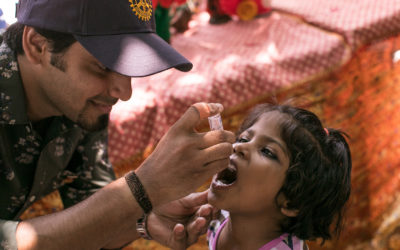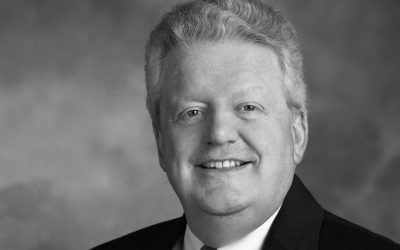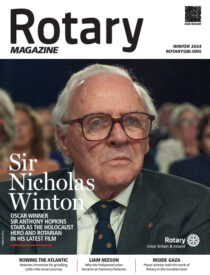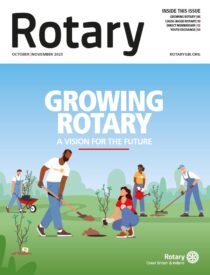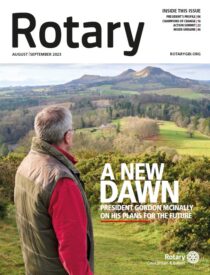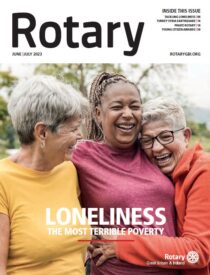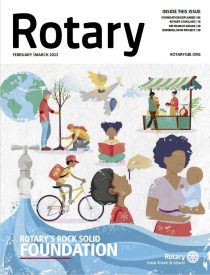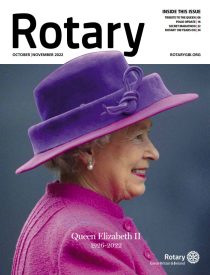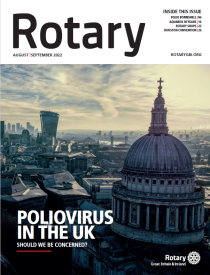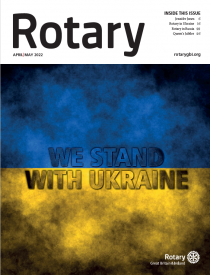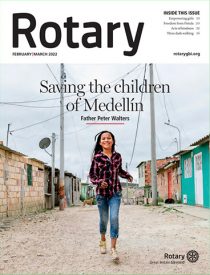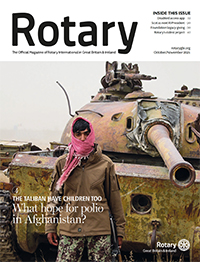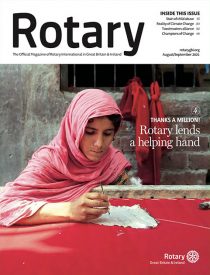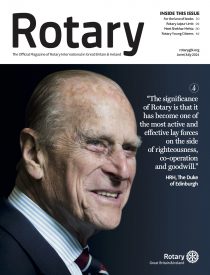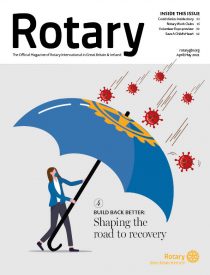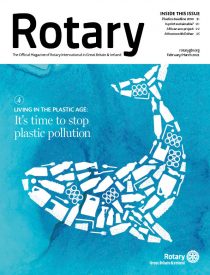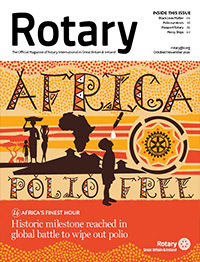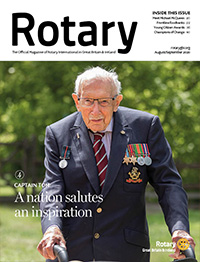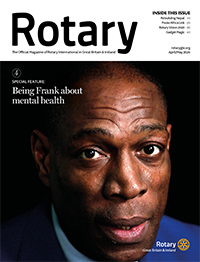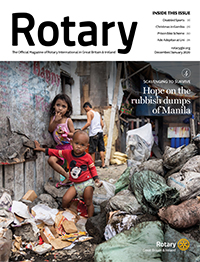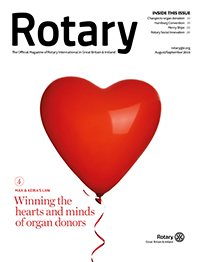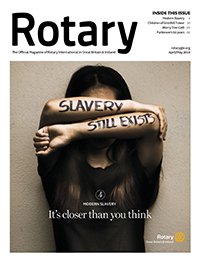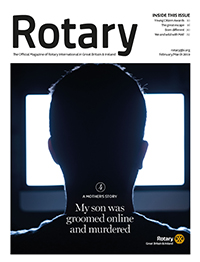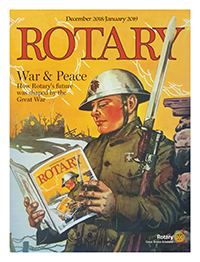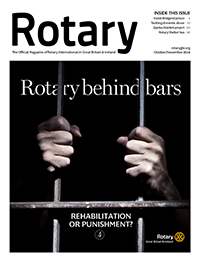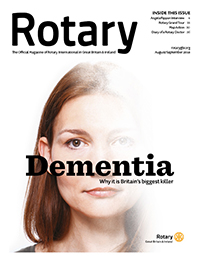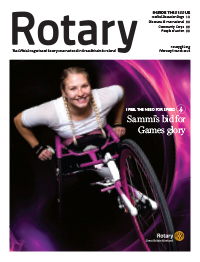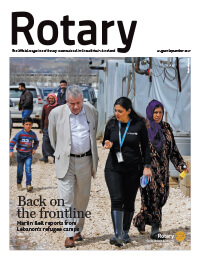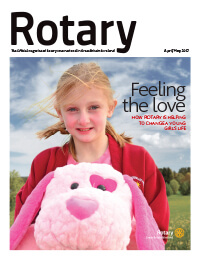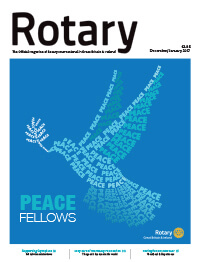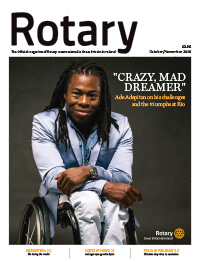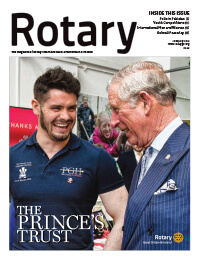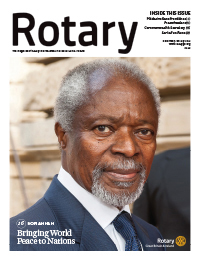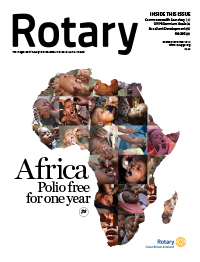For 30 years, Dr. Mathew Varghese has been a warrior on the front line of the battle against polio.
An orthopaedic surgeon who runs India’s only polio ward at St. Stephen’s Hospital in New Delhi, he was once described by Microsoft founder and philanthropist, Bill Gates, as one of his five heroes for saving the world.
And it’s not a bad shout. Dr. Varghese is a hero to his legions of patients, and hugely respected by his peers.
“Dr. Varghese is my inspiration and my real-life hero for fighting and dedicating his life to polio eradication in India,” wrote the Microsoft founder and philanthropist on his Facebook page.
Although the last reported case of polio in India was in 2011 in West Bengal, and this vast country of 1.37 billion people has been certified polio-free since 2014, the wretched legacy of India’s past can be witnessed in the two polio wards at St. Stephen’s.
In the early-90s, polio crippled more than 50,000 children each year.
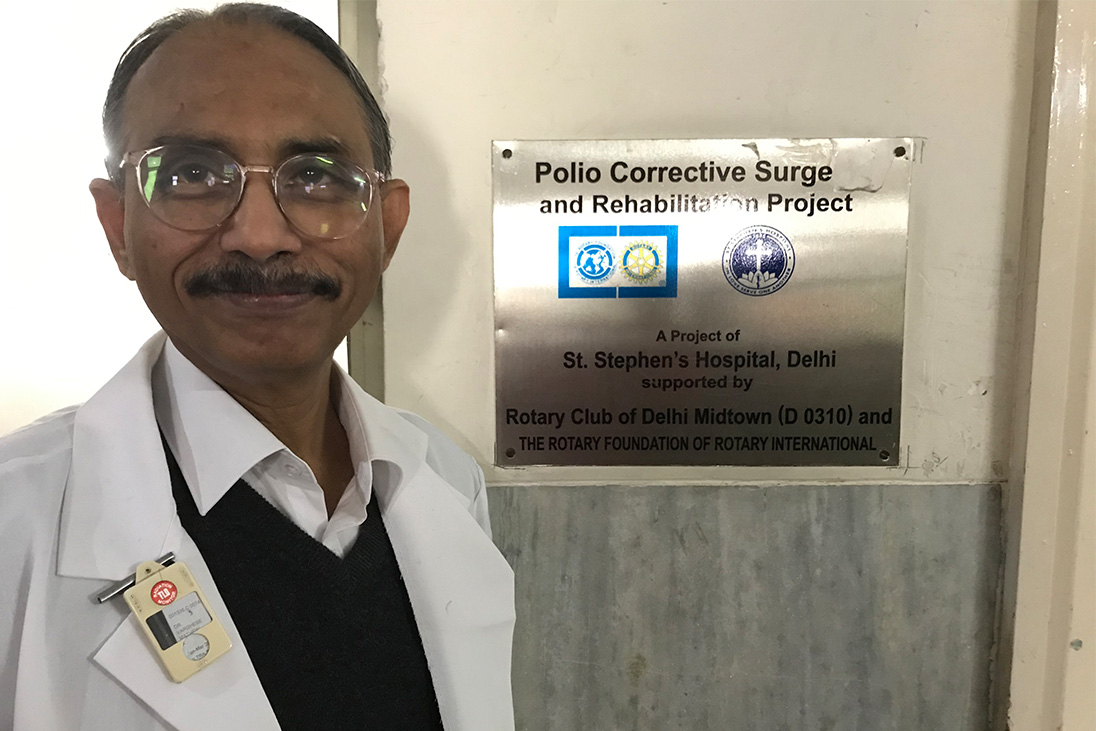

Dr. Mathew Varghese at the polio ward.
For the millions of people who survived polio, they still live with the scars, so from all over India they come.
“There are now many polio-affected people out there who can lead a more normal life with orthopaedic surgery,” explained Dr. Varghese.
“However, there are hundreds of thousands of people waiting to be treated, but it will be beyond my lifetime before I can cover all of them. It will take another 50 years for the devastating effects of polio to not be visible.”
The doctor reckons 99% of his polio patients walk again. The most common issue is knee deformities, but with surgery, followed by traction and physio, the process tends to take up to six months to heal.
However, depending on surgery required and the degree to which the bones have to be straightened, it can also take a year for recovery.
It will take 50 years for the devastating effects of polio to be invisible”
The quietly-spoken doctor’s close-quarters combat of surgically-correcting and rehabilitating people with polio dates back more than three decades when, as a senior resident at the Maulana Azad Medical College, he visited the Sanjay Amar Colony slum in eastern Delhi every Saturday to treat the poor.
“Several patients had deformities caused by polio, so I decided to help them,” he recalled. “I was part of the slum outreach programme before Rotary and governments came into the picture. We were running voluntary efforts to do camps for these children who were not vaccinated.”
St. Stephen’s is Delhi’s oldest medical centre, which started out as a dispensary in 1876 and became a hospital nine years later. But its partnership with polio began just over a century later, in 1987, through revered surgeon Dr. Balu Sankaran.
Dr. Sankaran was one of the world’s top surgeons, and polio was close to his heart. When he came here from the World Health Organization he joined St. Stephen’s on one condition. He told hospital director, Dr. Lucy Oommen, ‘I’ll join your hospital provided you create a polio ward and treat them for free’.
Dr Oommenn was a very compassionate lady – and she did just that.”
Treatment for polio victims at St. Stephen’s works on what Dr. Varghese describes as the ‘Robin Hood principle’.
Thirty per cent of the beds at the city centre hospital are private, with patients there paying up to five times what it would cost a general patient for treatment.
Rich patients are subsidising the cost of care in the polio wards.
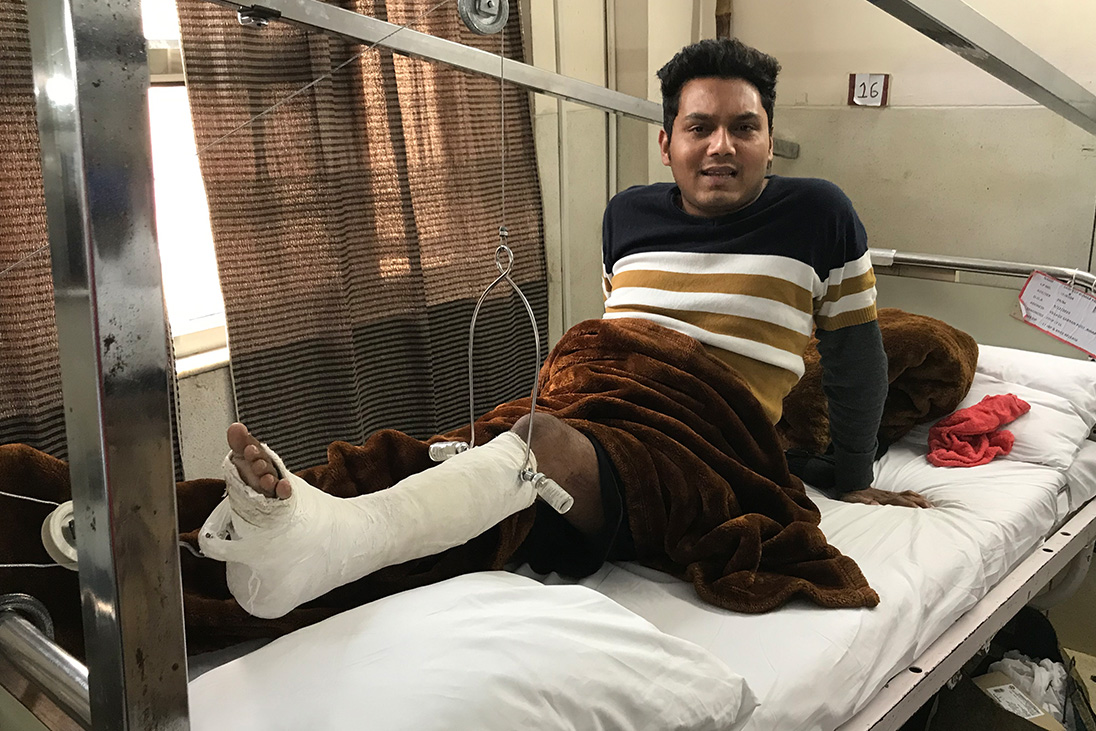

One of the polio victims at St Stephen’s Hospital with his leg in traction after corrective surgery
Dr. Varghese joined the hospital on March 30th, 1990, and soon established himself as the best in the field, working punishing hours. He leaves home each day at 7.15am, arriving half an hour later.
On his outpatient days, he can see as many as 80 patients without taking a break. On surgery days up to 20 patients will come under the scalpel. “We never cancel anyone for want of time, so usually the list goes on until 1am or 2am, then I take the rounds and get home by 3am.”
Raman Bhatia, a past District Governor with the Rotary Club Midtown (Delhi) has been associated with Dr. Varghese’s work since 2001.
“The doctor is a workaholic,” he said. “He has devoted his entire life to surgery mainly on people with restricted disabilities.
“He is very calm. In all the 20 years I have known him he is always smiling, and all the children and patients love him. The doctor is not married, his only family is his patients and staff – and his 90-year-old mother.”
Dr. Varghese does not know where he gets his stamina from, maybe his patients, since they are expecting so much from him, and he has a responsibility to deliver.
Dr. Varghese was once described by Microsoft founder and philanthropist, Bill Gates, as one of his five heroes for saving the world”.
“It is only in the last three months that my hours have reduced because my mother has not been well,” he explained.
“There is absolutely no need to slow down because of my age. I have had very few sick days.
“I hope I don’t ever retire. I would like to die in my boots, I enjoy what I am doing.”
Humility lies at the core of the man, many of whom regard him as a saint for the tireless work he performs each day.
But don’t dare pass any comparison with the feted Mother Theresa.
“Mother Theresa of this hospital – that is far too much of an exaggeration, I can’t even closely match what she has been,” he shot back, before fondly reflecting on the time he once spent with the Catholic nun and missionary from Kolkata after working with the Mother Theresa Home for Dying Destitutes.
“I spent a couple of hours with Mother Theresa, who afterwards allowed me to take a picture with her.
“I think she was more humble than you can ever imagine.
“She was a big person for what she did, and her work is huge. I can come nowhere near that. Please don’t compare me.”
But the caring qualities of compassion and grace Dr. Varghese shares with the revered Saint who saw the suffering and poverty glimpsed outside the convent walls at St. Mary’s Hospital in Kolkata, and then devoted herself to working among the poorest people in the slums of the city, are noticeable and comparable.
“My passion for polio didn’t happen just like that,” he added.
“I have a passion for all sorts of things. I have a passion for reducing suffering, it’s not just polio.
“Anybody with suffering I will try to help. I am lucky, I have been blessed with the medical skills to help.
“I wouldn’t say what I do is emotionally tiring. To cancel a case is very distressing. To me, they may be my 100th patient, but to them I am their doctor who is going to make a life-change for them.
“The patient is full of hope. If I refuse them, I am shattering their hopes. I don’t have the heart for that.
“I get more satisfaction from my job than money can buy. People tell me that with my level of knowledge and skills that I am sitting on a gold mine and I am a fool not to use it.”
In fact, Dr. Varghese has been tapped up by other hospitals, particularly in the private sector, many times with eye-watering offers, up to 20 times his salary.
The patient is full of hope, if I refuse them I am shattering their hopes.”
In 1995, he was earning 6,000 rupees (£65) a month. Another hospital tried to poach him with a salary of 30,000 rupees (£324) a month, plus a car, driver and a house. He didn’t take it, and he now says rival hospitals know they no longer buy him with money.
Because, for this polio warrior, he knows how fragile the peace is, and he needs to be on the front line. The imminent threat of polio one day returning to India is tangible.
The answer, he reflected, is peace. “What really worries me are disturbed areas of the world where polio is still lurking behind a lessening of peace. Unless we have peace, we will not be able to provide an environment for a freedom from polio.
“In endemic countries, peace is a foundation for health.
“You build everything on peace, yet you destroy everything with disturbance and war. You can be at peace when your brethren are at peace.”










